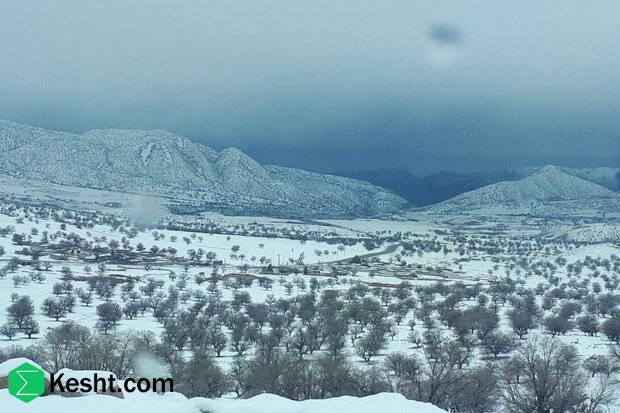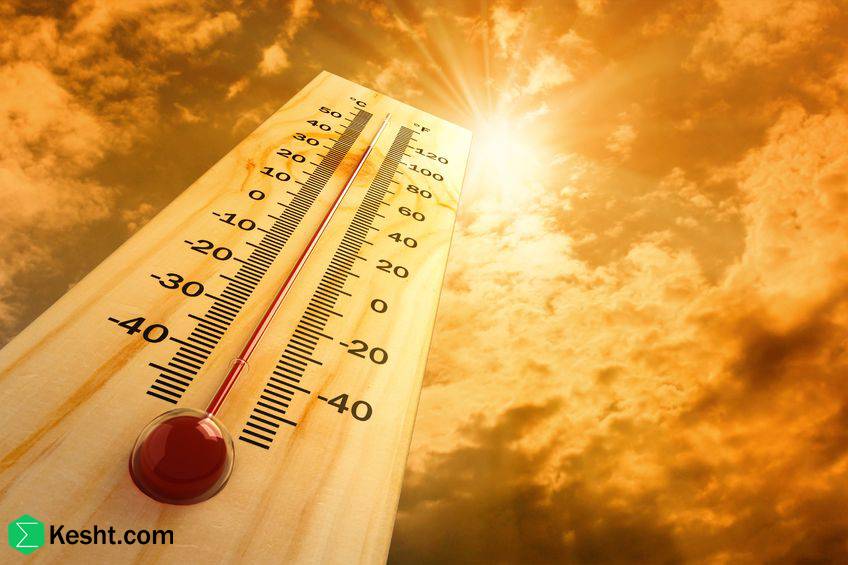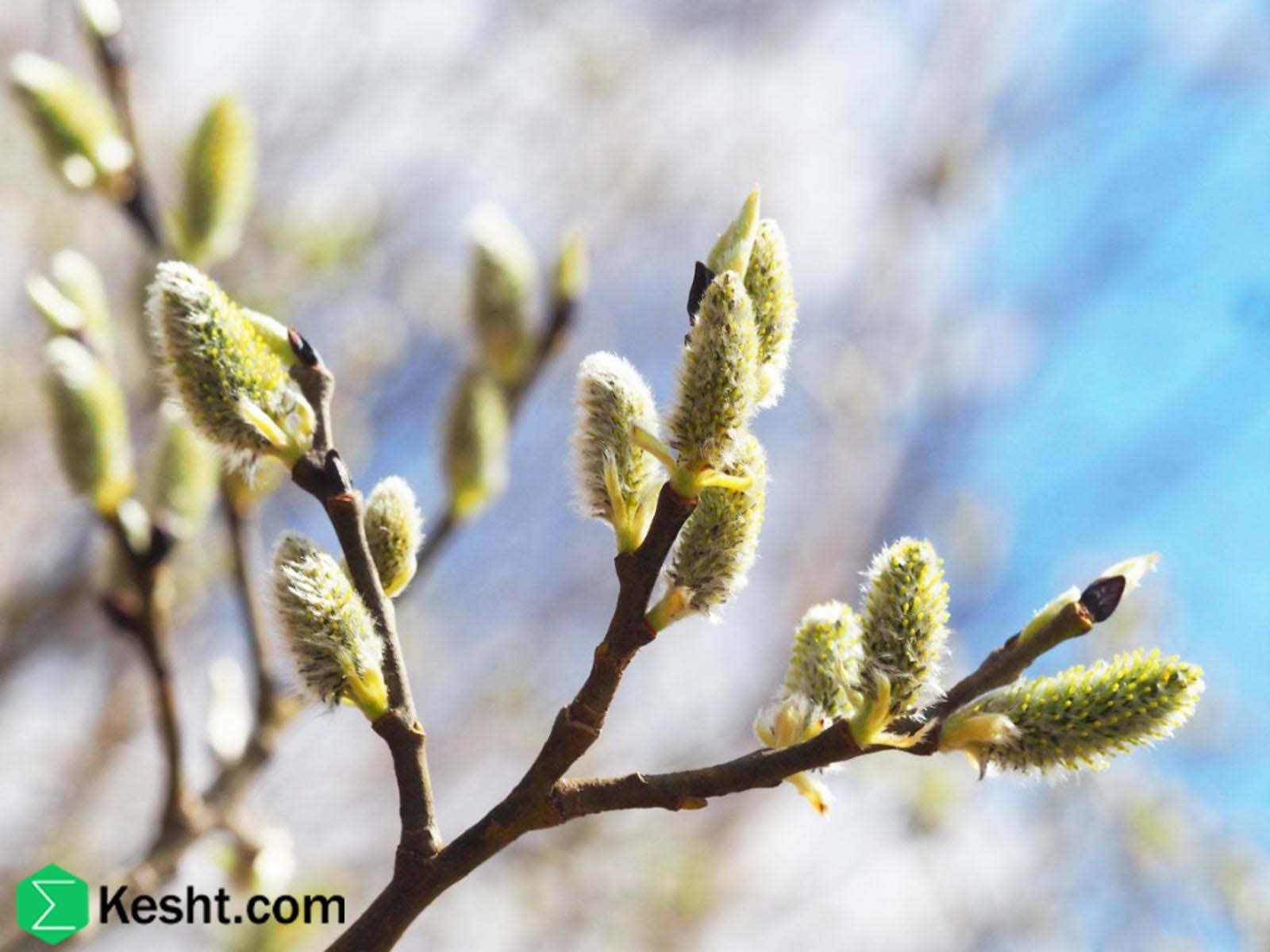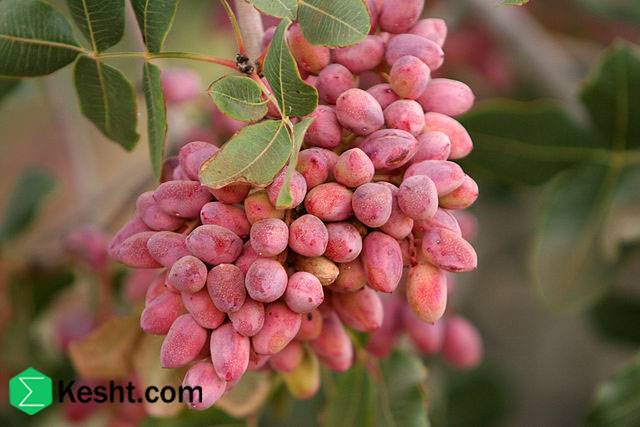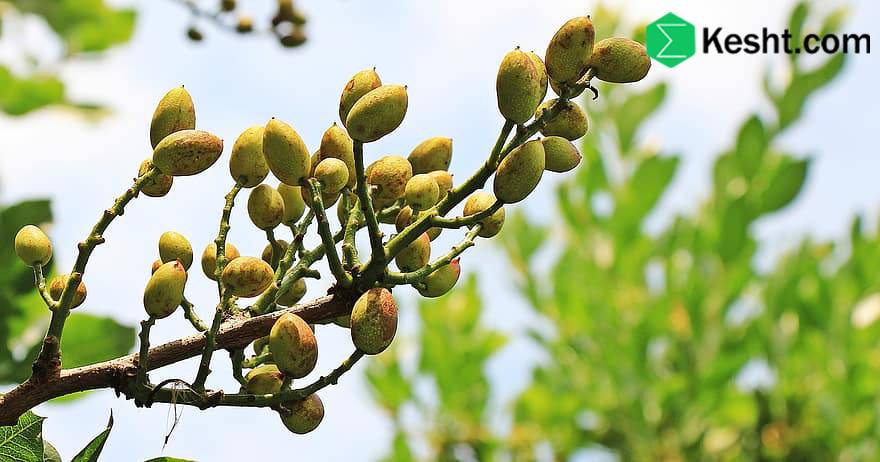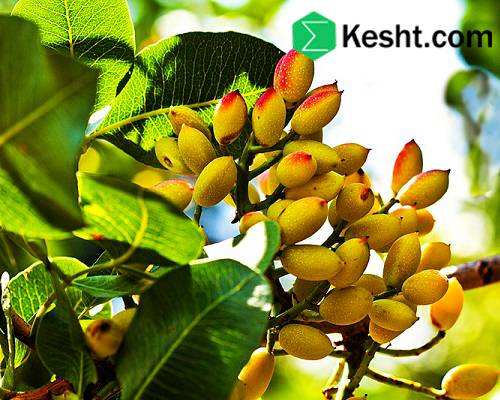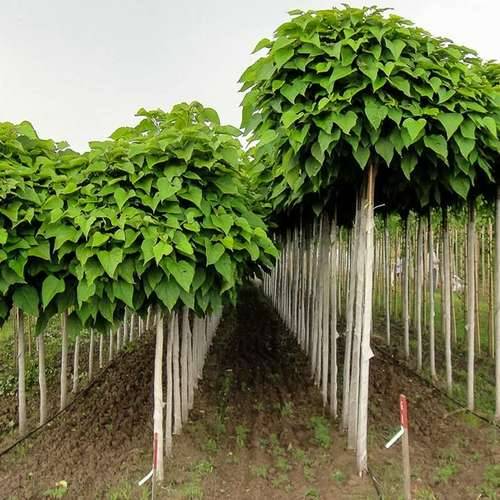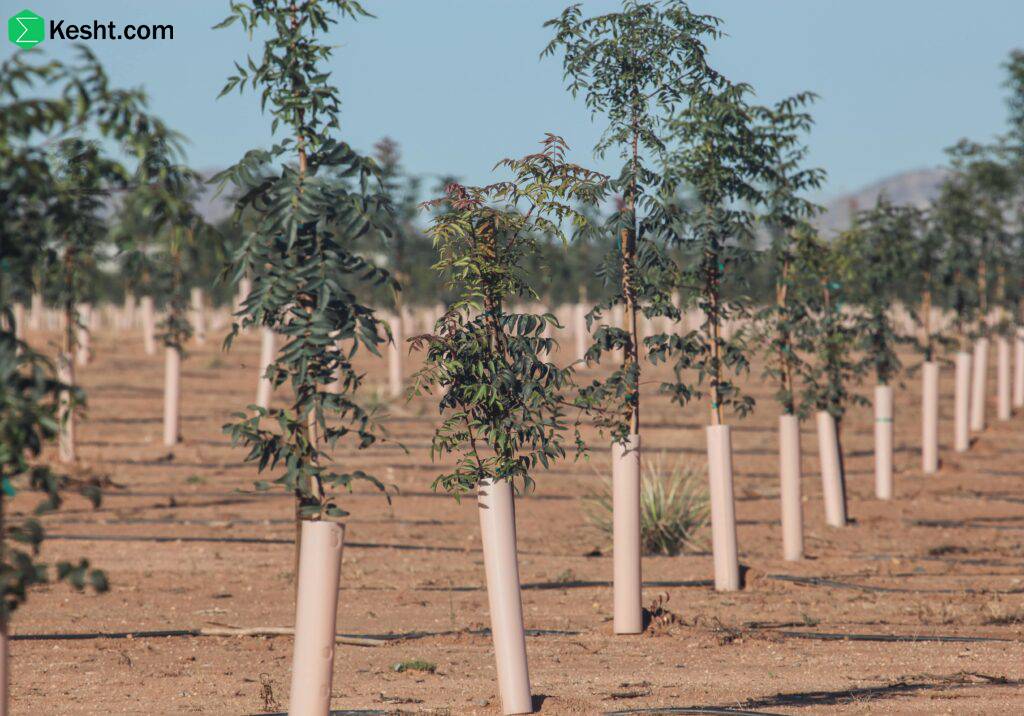Frost waves: a complete, structured, and practical guide for nurseries (impact on saplings and how to fight back)
Overview
- What it is: a rapid-onset period of sub‑zero air temperatures (hours to days) that can ice plant surfaces, chill tissues below 0°C, and injure/kill saplings.
- Why it matters in nurseries: saplings breaking dormancy (swollen buds, tender leaves) are highly vulnerable; one cold snap can wipe a year of growth and sales.
- Keys to survival: early warning, the right protection method for the type of event, disciplined execution (start/stop rules), and timely aftercare.
1) What exactly is a “frost wave” (cold snap)?
- Definition: a period of sub‑zero air temperatures that arrives suddenly (often late fall or early spring), lasts hours to several days, and commonly features clear skies, a temperature inversion, and calm/light winds.
- Frost vs freeze injury:
- Frost: ice forms on surfaces when air/surface fall below 0°C.
- Freeze injury (cold injury): internal tissues drop below their freezing point (can occur even if air sits just above 0°C due to radiation cooling).
- Two main meteorological types (your tactics depend on which you face):
- Radiational frost (clear, calm): heat radiates to the sky; strong inversion forms (warmer air aloft). Best candidates for fans, covers, and sprinkler protection.
- Advective freeze (cold, windy air mass): low humidity and wind; little/no inversion. Fans are ineffective; protection relies on heavy water application or not feasible beyond mild events.
2) Why saplings are at high risk
- Saplings exiting dormancy have thin, water‑rich tissues and low cold hardiness.
- Intracellular ice → membrane rupture → necrosis of buds/leaves.
- Xylem freezing → hydraulic failure → dieback from tips.
- Floral/leaf buds at green‑tip/open stage can die at about −2°C within hours → zero crop on young fruit trees.
- Bare soil freezes → feeder roots in the top few cm die → growth stalls weeks.
- Multi‑stress aftermath → opportunistic fungi (Botrytis, Fusarium) invade damaged tissue.
3) How cold is “too cold”? Duration matters
- Practical classes for nurseries (rule‑of‑thumb; species and stage dependent):
- “Green” spring frost (0 to −2°C, a few hours): hazardous to open/swollen buds.
- Hard freeze (−2 to −7°C, several hours to overnight): kills young shoots and most floral buds.
- Prolonged freeze (< −7°C, >1 night): can kill entire saplings, especially in frozen soils.
- Critical temps by stage (generic guide; verify for your crop):
- Dormant wood: often tolerates −10°C or lower (species dependent).
- Swollen bud: injury near −2 to −3°C.
- Open flower/new leaf: injury near −1 to −2°C.
- Bottom line: −2°C for 2 hours at open‑bud is commonly lethal.
4) How to recognize frost injury (and confirm)
- Leaves: dark/blackened, water‑soaked, limp like wet cloth → later desiccate.
- Buds: browned interiors, shriveled, fail to open.
- Shoots: split bark, brown cambium under bark.
- Roots: dark brown, foul odor, brittle if the surface layer froze.
- Confirmation (48–72 h later): scratch test under bark—green/moist = alive; brown/dry = dead.
5) Your toolbox: prevention and mitigation that actually work
A) Early warning and monitoring
- Forecasts and alerts: set SMS/app alerts; watch dew point and wet‑bulb temperature.
- On‑site measurements: at least one min/max thermometer at the cold sink (low spot) and a canopy sensor (1.5–2 m). Recheck every 15–30 min during events.
- Action trigger: if forecast minimum ≤ +2°C (and skies are clear/light winds), prepare; if wet‑bulb is approaching 0°C, start active methods on time.
B) Covers and frost blankets (best ROI for nurseries)
- Use breathable frost cloths/row covers; anchor to ground to trap soil heat. Expect 2–5°C protection.
- Do not lay plain plastic directly on foliage (causes freeze burn). If plastic is used, keep it off leaves with hoops and vent at sunrise.
- Remove/vent after thaw to avoid overheating.
C) Water as heat: two distinct tactics
1) Pre‑event soil irrigation (ground wetting)
- Deep irrigation the day before: moist soil stores more heat by day and releases it at night; reduces topsoil freezing and protects roots.
- Works for mild to moderate radiational frosts; not sufficient alone in severe advective freezes.
2) Continuous overhead sprinkling (active freeze protection)
- Science: freezing water releases latent heat, holding tissue at ~0°C under a forming ice shell.
- Strict rules (non‑negotiable):
- Start before tissue hits 0°C (use wet‑bulb; begin when wet‑bulb is −0.5 to 0°C).
- Do not stop until air temperature is safely above 0°C and all ice has melted in daylight.
- Flow rate must match the cold/wind load:
- To ~−2 to −3°C with light wind: ≈ 2–3 mm/h (2–3 L/m²·h).
- Colder/windier requires > 4–6 mm/h; beyond −5°C and wind, protection becomes unreliable.
- Pitfalls:
- Any interruption accelerates cooling → catastrophic injury.
- Requires abundant water, reliable pump/filters, and trained night crew.
D) Wind machines and heaters (for radiational frosts)
- Wind machines/fans: only effective with a temperature inversion ≥ 2°C (warmer air aloft to mix down). Typical coverage: ~4–6 ha per machine; keep rows open for airflow.
- Heaters: high cost/logistics; sometimes used to “boost” wind machines (few heaters per hectare).
- Not effective for advective freezes (windy, no inversion).
E) Insulating foams/anti‑freeze sprays (niche)
- Specialty foams/anti‑freeze proteins can delay ice nucleation on high‑value material. Costly; use selectively. Do not rely on them for severe events.
F) Soil/mulch management
- For root/collar protection in nursery beds: 10–15 cm organic mulch can reduce root exposure to freeze penetration (keep away from trunks).
- For canopy protection on radiational nights: exposing bare, moist soil during the day increases heat storage (thick surface mulch can limit daytime heat gain—balance by crop and risk).
G) Species/phenology choices and timing
- Favor late‑budding selections/clones in frost‑prone sites; delay pruning in late winter (pruning can slightly advance budbreak).
- Plant times: in frost‑prone sites, avoid late fall planting of tender stock; fall planting is fine where winters are mild and soils drain well.
6) Operational playbook for nursery managers (before, during, after)
- 48 h before:
- Lock in forecast; brief team; fuel/prime pumps/fans; stage frost cloths and anchors; test thermometers/alarms.
- 24 h before:
- Deep irrigate field blocks; deploy covers on the most sensitive stock; confirm valves/nozzles; place portable lights for night work.
- Night of event:
- Record start times/temps. Start sprinklers at wet‑bulb ≈ −0.5 to 0°C; run fans if inversion ≥ 2°C. Patrol for nozzle clogs, ice load on covers, and wind shifts.
- Morning after (post‑thaw):
- Remove/vent covers after ice melts. Log minimums and protected/unprotected differences.
- 72 h after:
- Assess injury (scratch test). Prune dead tips back to healthy tissue; apply a preventive fungicide where appropriate; adjust irrigation to avoid overwatering damaged roots.
60‑second go/no‑go checklist at the field
- Sky clear? Wind < 2–3 m/s? Inversion present (warmer air aloft)? → Fans effective.
- Wet‑bulb nearing 0°C? → Start sprinklers now (don’t wait for ice to form).
- Sufficient water to run continuously until ice melts? Backup power ready?
- Frost blankets anchored? Any plastic contacting foliage? Fix now.
7) Consequences of ignoring a frost wave
- Total loss of saplings (esp. bare‑root or freshly planted).
- Zero crop on first‑year fruiting stock (even if trees live).
- Replacement costs + a year’s delay in marketable inventory.
- Weakened plants more disease‑prone through summer.
- Reputation hit if supplying large projects.
8) Regional notes for Iran (typical patterns and tactics)
| Region | Frost risk | Suggested tactics |
| North (Gilan, Mazandaran; Alborz foothills) | Severe spring frosts | Covers + pre‑event irrigation; avoid ultra early‑budding species (e.g., peach/pear) in frost pockets |
| Central (Isfahan, Yazd) | Late frosts to mid‑Farvardin | Later planting; heavier root‑zone mulch; early‑warning and rapid response |
| West (Hamedan, Kermanshah) | Long, hard freezes | Insulating covers; sprinkler protection; cold‑tolerant species/rootstocks |
| South (Fars, Kerman) | Rare but damaging at elevation | Close met monitoring; short‑notice readiness in spring |
9) After‑frost care and recovery (do this, not that)
- Do:
- Wait 48–72 h to assess, then prune to green tissue; disinfect tools.
- Keep irrigation moderate; avoid waterlogging injured roots.
- Apply a light, protective fungicide where canker/rot pressure is high.
- Whitewash exposed trunks/branches to prevent sunscald on injured bark.
- Don’t:
- Rush heavy nitrogen (drives tender regrowth prone to sun/heat).
- Strip all dead tissue immediately the next morning (injury lines may “move” for 2–3 days).
- Turn off sprinklers before ice fully melts.
10) Common mistakes to avoid
- Starting sprinklers too late (after ice forms) or stopping too early.
- Using plastic sheeting directly on foliage.
- Relying on wind machines when no inversion exists (advective freeze).
- Underestimating water volume/pressure needed for overhead protection.
- Forgetting the cold‑sink: low‑lying block needs its own sensors/strategy.
Quick kit for frost‑prone nurseries
- Instruments: two min/max thermometers (low spot + canopy), handheld psychrometer or reliable weather app with dew point, IR thermometer, portable anemometer.
- Gear: frost blankets (enough for the sensitive cohort), stakes/anchors, functioning pumps/filtration, spare nozzles, fuel for fans/heaters (if used), headlamps, radios.
- SOPs: written start/stop rules for sprinklers/fans, patrol routes, and a post‑event inspection checklist.
Practical “Rule of +2°C”
- If forecast minimum ≤ +2°C under clear, calm conditions, prep as if frost is likely. In many nurseries, that simple trigger makes the difference between routine and loss.
Need a site‑specific frost action plan?
Share your location/elevation, typical inversion strength, water system capacity (L/h per ha), protected area size, and the coldest 10‑year minimum. I’ll size your sprinkler rates, coverage area per fan, and give you start/stop temperature tables for your stock.
